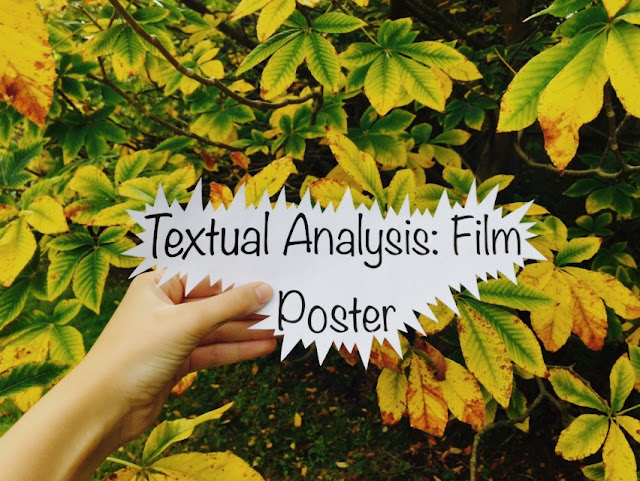Camera Workshop No.2
When filming a scene, you always film a wide angle shot first and then to establish the placement of the characters so they know where to stand in the other shots for continuity purposes but also so that if for some reason something goes wrong, you'll have all the footage you need in your wide angle shot.
Continuity is important because it helps the film seems realistic and seamless. Without visual continuity a movie becomes a series of unnatural jarring moments that take the audience out of the illusion that your movie is a depiction of real life.
It is hard to sustain continuity because you may be filming over a few days of weeks, making it hard to keep all the little details the same. If an actor is using a cigaret as a prop in a scene, the script supervisor has to make sure that the cigaret is the same length each time because it would be strange if in one shot, their cigaret has just been lit then suddenly it's completely.
On set there are thing called 'call outs' that the film crew use throughout the filming. Before filming, the director will call, 'Stand by'. They won't start filming until everyone from sound to cinematography has answered back. The reason why the words 'stand by' are used is so that they cannot be mistaken for anything else. If the director shouted the word 'ready' people wouldn't necessarily realise whats going on. The next call would then by 'camera rolling', when the cameraman/men are rolling they call back 'rolling'. After waiting a few seconds, the director will call 'action' and the actors will begin the scene. When the scene ends, the director usually waits a few seconds before saying 'cut'. The cameraman stops recording and the take is over.
Directors will always let the camera roll for a few seconds before calling action and then after the scene before saying cut. The reason for this is so that they ensure that they don't miss anything and also incase something different and interesting happens, which they would otherwise miss.
When setting up the camera a body double is often used. A body double is someone who is the same height and size as the actor. The body double is placed in the frame for the cameraman to focus on them. A marker is then placed so that the actor knows where to position themselves and so they go to the same position for each take. It also means that the cameraman doesn't have to re-focus the camera for every take.
You shouldn't watch every take back when on set mainly because it would make the filming take an unnecessarily long time going back and watching every shot after every take. It's also not good to allow the actor to watch themselves as it can often put them off causing them to start acting weirdly on set, trying to irradiate the things about themselves that they didn't like in the previous take.
The 180 degree rule is a vital part of continuity. When setting up the camera, you are deciding what side of the action you want to film. You have to make a mark in your mind about where the 180 degree line is and make sure you don't pass it. The main reason for this is, if you are filming a conversation between a man and a woman and you start filming it with the woman on the left and the man on the right, you cannot exceed the line. If you do then the woman would be on the right and the man would be on the left.






















